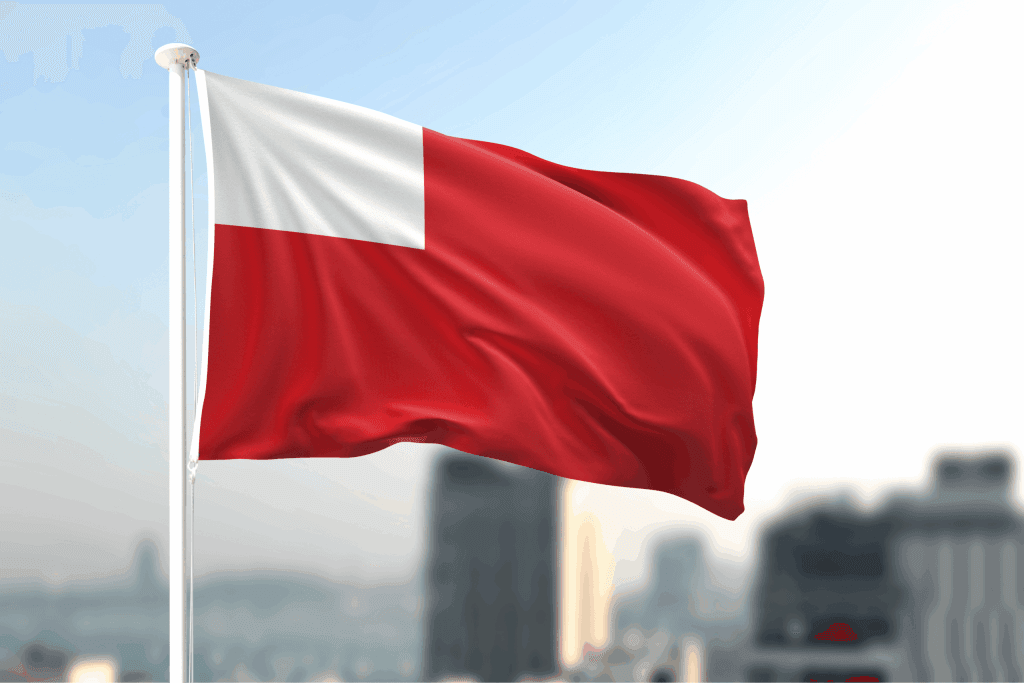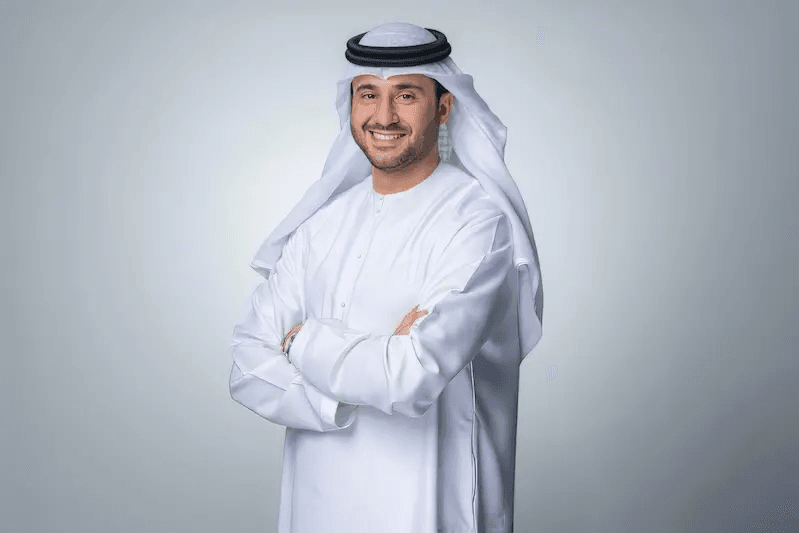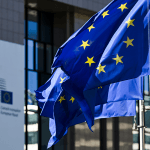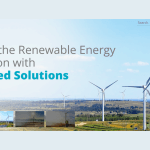Abu Dhabi’s Global South Utilities to Deploy $1 Billion for Yemen’s Energy Rebuild

• UAE commits $1 billion to restore and modernise Yemen’s power sector through solar, wind and grid projects.
• Portfolio to be delivered by Abu Dhabi’s Global South Utilities, expanding generation and distribution capacity after decades of conflict-driven collapse.
• Investment aligns with Gulf regional energy diplomacy and could anchor Yemen’s shift toward renewables as large-scale solar capacity expands to 2026.
Abu Dhabi Moves to Rebuild Yemen’s Power System
The United Arab Emirates has committed $1 billion to rebuild Yemen’s electricity system, launching a suite of renewable energy and distribution projects to be implemented by Abu Dhabi-based Global South Utilities. The announcement adds a new dimension to Gulf energy diplomacy, bringing long-term infrastructure investment into a country where the power sector has been steadily dismantled by nearly three decades of crisis and a decade-long civil war.
GSU confirmed it will manage a portfolio spanning solar, wind and network upgrades aimed at stabilising supply and restoring basic services. For Yemen, where fuel shortages and structural damage have pushed utilities into chronic failure, the strategy marks a rare injection of long-term capital into a sector crucial for economic recovery.
“This one-billion-dollar portfolio expands an energy system capable of supporting a larger economy and a more active market in Yemen,” said GSU CEO Ali Alshimmari, describing the programme as an anchor for future commercial activity.

A System in Collapse, and the First Signs of Relief
Yemen’s grid has been deteriorating for nearly 30 years, but the collapse accelerated sharply after 2014 as conflict damaged generation assets, transmission corridors and fuel logistics. Households and businesses have been left reliant on costly diesel generators, while essential services often operate on minimal power.
The UAE has emerged as one of the few external actors funding utility-scale energy assets inside the country. The first major example came with the large-scale solar plant in Aden, which began easing local shortages after coming online with Emirati financing. The plant has become one of the country’s most important civilian infrastructure assets.
Solar accounted for just 10.4 percent of Yemen’s total electricity generation in 2023, according to the International Energy Agency, though capacity is expected to rise sharply as a second phase of the Aden project is scheduled for 2026. The expansion is designed to double output, improving reliability in the south and reducing dependence on diesel.
Yemeni Prime Minister Salem bin Braik confirmed the scale of the new UAE commitment on Wednesday, publicly noting that “the UAE has pledged $1 billion to back the country’s energy sector.”

RELATED ARTICLE: UAE commits $4.5B to scale up Renewable Energy in Africa
What the New Portfolio Covers
GSU’s remit spans more than power plants. The firm will construct new distribution infrastructure, reinforcing networks where conflict has severed lines or destroyed substations. Solar and wind projects will be paired with grid rehabilitation to ensure that new generation can actually reach consumers.
The company has not yet provided detailed site locations, but the portfolio is expected to prioritise regions where power shortages have become acute constraints on hospitals, water systems and small industries. For Yemen’s reconstruction partners, energy access is increasingly viewed as a pre-condition for any broader stabilisation plan.
Regional Energy Diplomacy and Investor Considerations
For Gulf states, energy infrastructure has become a strategic channel for influence in conflict-affected territories. The UAE’s expanding footprint in Yemen’s power sector places it at the centre of the country’s reconstruction pathway, with GSU effectively acting as a specialised vehicle for long-term service restoration.
For global investors and development finance leaders, the deal highlights a wider trend: renewable energy is becoming the entry point for rebuilding fragile states. The economics are favourable. Solar and wind systems can be deployed faster, financed through modular phases and insulated from fuel-supply disruptions that often prolong humanitarian crises.
The challenge will be governance. Yemen’s political fragmentation has complicated oversight of infrastructure projects, and a restored grid will require coordination across local authorities, state institutions and external donors. The UAE’s ability to operate through a single implementing entity could reduce the risk of management breakdowns, but long-term regulatory clarity remains uncertain.
Why the Move Matters Globally
Although Yemen represents one of the world’s most fragile energy systems, the investment sits within a global conversation about how renewable infrastructure is financed in conflict and post-conflict regions. The scale of the UAE’s commitment shows how geopolitical actors are increasingly willing to deploy clean-energy capital as part of wider stabilisation strategies.
If the programme proceeds on schedule, Yemen could become a test case for how solar-heavy grids function in low-governance environments — and how regional powers choose to shape energy transitions beyond their borders.
The $1 billion deployment gives the country one of the few viable paths to rebuild essential services. Its progress will be closely watched by development agencies, climate-finance institutions and Gulf governments evaluating similar interventions across the wider region.
Follow ESG News on LinkedIn












